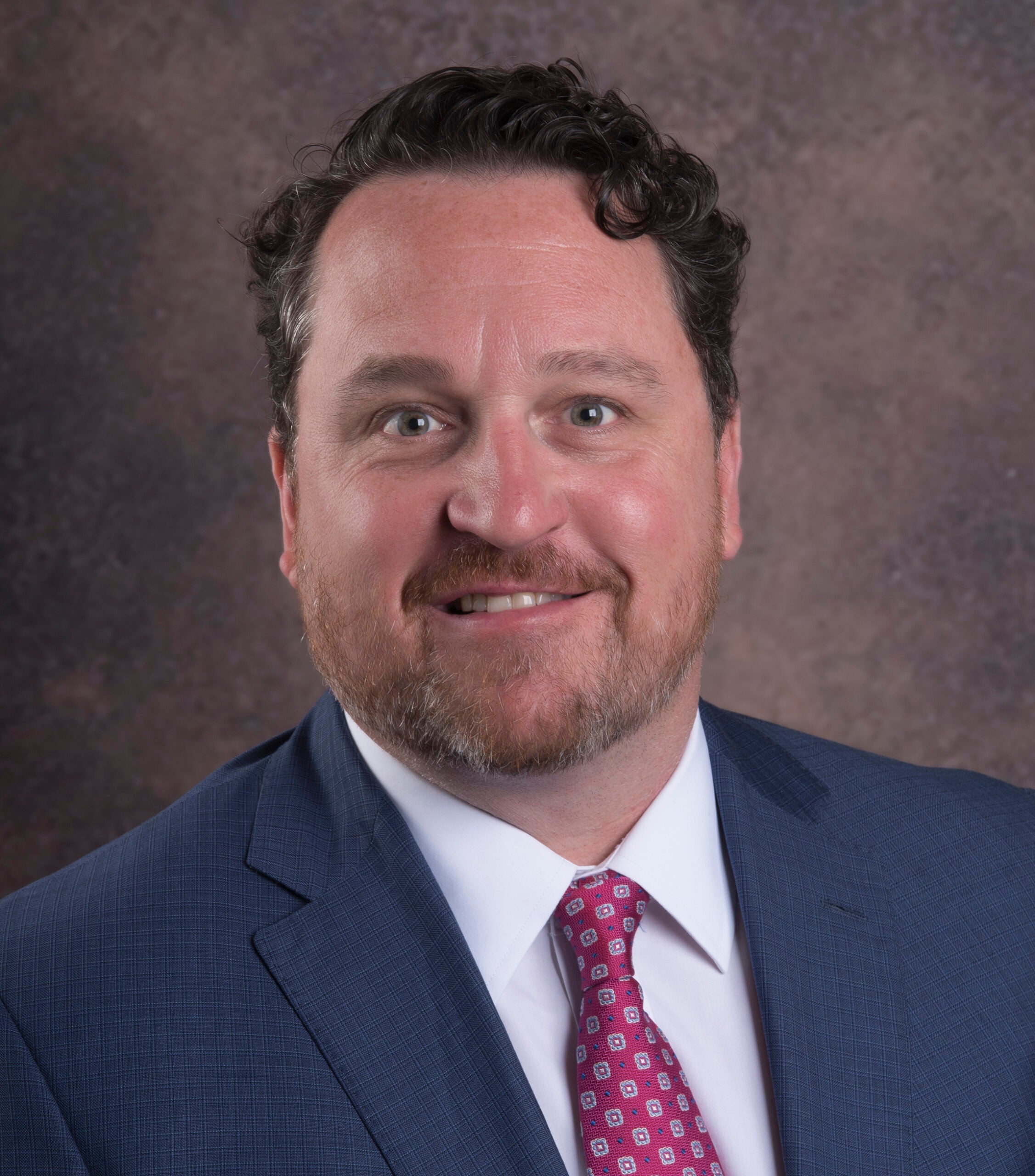Strategies for Clients to Establish Lasting Legacies with Donor-Advised Funds

Donor-advised funds (DAFs), when equipped with a documented succession plan, empower donors to extend a legacy of philanthropy beyond their lifetimes. But what happens to a DAF’s assets if the primary advisor on the account passes away before specifying their intentions in a legacy plan? The funds are left with the sponsoring organization for charitable use, removing any continued advisory privileges. This scenario is entirely avoidable—and one you can help your clients circumvent.
By collaborating with your clients to reflect on their giving legacy in a DAF succession plan, you help memorialize their intentions for the future by ensuring charitable assets end up where intended. It’s also an opportunity for you to connect with the next generation. The great transfer of wealth is underway. By 2045, Cerulli Associates estimate that $84 trillion in wealth will be transferred to heirs. But today, just one in five investors use the same advisors as their parents. Therefore, building relationships and trust with these soon-to-be wealth holders is key for any financial firm.
Philanthropic Legacy Planning: Understanding Your Clients’ Goals
Philanthropic legacy planning starts with understanding your client’s aspirations and goals. Ask them questions such as:
- What do they hope to achieve with their giving?
- Who do they want to involve in their plans?
- What assets are available for charitable giving today and in the future?
- Do they want their legacy to endure in perpetuity or for a set number of years?
- If successor advisors are named, what flexibility do these individuals have in carrying the legacy forward?
Answering these questions can help you and your client identify the right DAF legacy plan.
Ways to Extend Generosity with an NPT DAF
Passing On a Tradition of Giving
Many individuals see instilling philanthropic values in the next generation as a cornerstone of their legacy goals. An NPT DAF offers many ways to involve children, grandchildren or chosen family members in giving.
- Name Joint Advisors: Clients can appoint joint advisors to co-manage their DAF alongside them. These individuals can recommend investments and grants now and will assume primary advisory privileges upon your client’s passing. Your client may find this is an effective way to teach their chosen collaborators about philanthropy and prepare them to manage charitable assets in the future.
- Name Successor Advisors: Clients can designate up to four individual successor advisors to serve as primary advisors on new DAF accounts. Each new DAF would receive a portion of DAF assets determined by the client. This process can continue indefinitely, with successor advisors naming their own successors. This approach is ideal for clients comfortable with granting successors the authority to adapt strategies and resource utilization to address evolving needs and opportunities in charitable giving.
Leaving a Legacy of Impact for Chosen Causes
While some individuals wish to involve others in their legacy plans, many have specific causes and nonprofits to which they want to direct their remaining DAF assets after their lifetime. NPT offers two options for this purpose:
1. Designating Charitable Beneficiaries:
Clients can recommend that one or more charities receive a lump sum grant at their death by designating a percentage of assets to each nonprofit.
2. Establishing an Endowment:
Clients can set up an endowment of $100,000 or more, directing a designated annual percentage of assets to one or more chosen charities. Recurring grants are issued each year, creating a lasting impact over time.
Combining Approaches
With an NPT DAF, clients don’t have to choose just one approach. They can mix NPT succession plan options to align with their unique goals. For example, a client can allocate 50% of DAF assets to successor advisors, another 25% to a charitable beneficiary, and reserve the remaining 25% in an endowment, thereby funding multiple organizations over years. This comprehensive approach not only honors the charitable vision of the individual but also actively involves the next generation in philanthropy.
Legacy Plans Aren’t Static
It’s important to recognize that your clients’ goals evolve as they continue to engage with their philanthropy, involve more people in their plans and deepen their understanding of needs and opportunities. Family dynamics and financial circumstances may also shift, so reviewing legacy plans at least once every year is important. Fortunately, legacy plans can be easily amended on GivingPoint, NPT’s DAF portal. However, endowment plans cannot be established or modified online.
Philanthropic Consulting Services
Crafting a philanthropic legacy is a significant task. It involves an understanding of values and philanthropic priorities, documenting future intentions and communicating the plan to those who will carry it forward. At NPT, we offer philanthropic consulting services to guide you and your clients through this process. Our team can partner with your client to develop a comprehensive legacy strategy, evaluate potential grantees and navigate family discussions.
Get Started Today
Contact us at advisorservices@nptrust.org or call (888) 675-8383 to explore how a a donor-advised fund can be used to build a legacy that impacts communities and support charitable endeavors for generations to come.
National Philanthropic Trust does not provide legal, tax or investment advice. The information provided in this blog does not, and is not intended to, constitute legal, tax or investment advice; instead, all information contained herein is for general informational and educational purposes only. Readers of this blog should contact their attorney to obtain advice with respect to any legal or tax matter.

